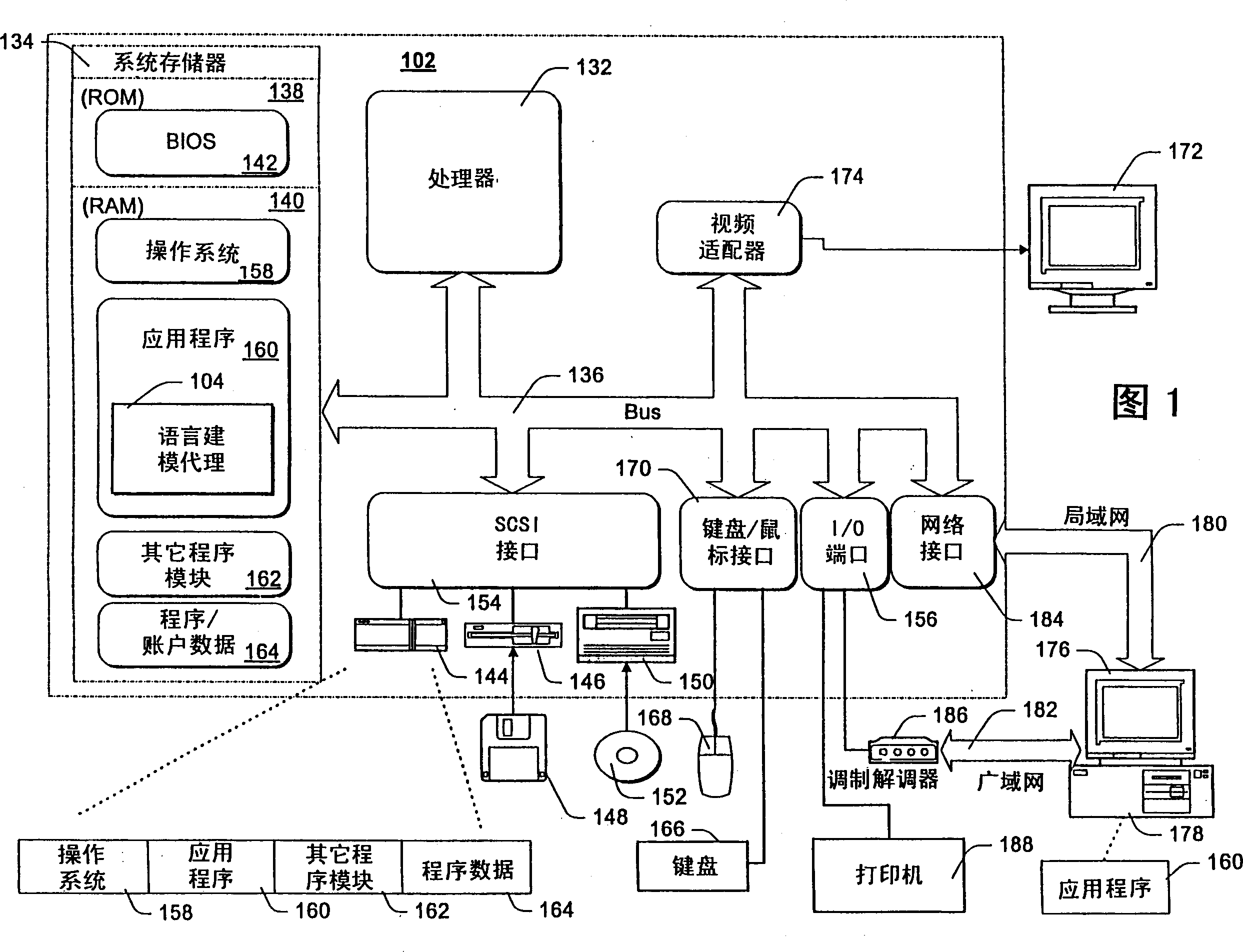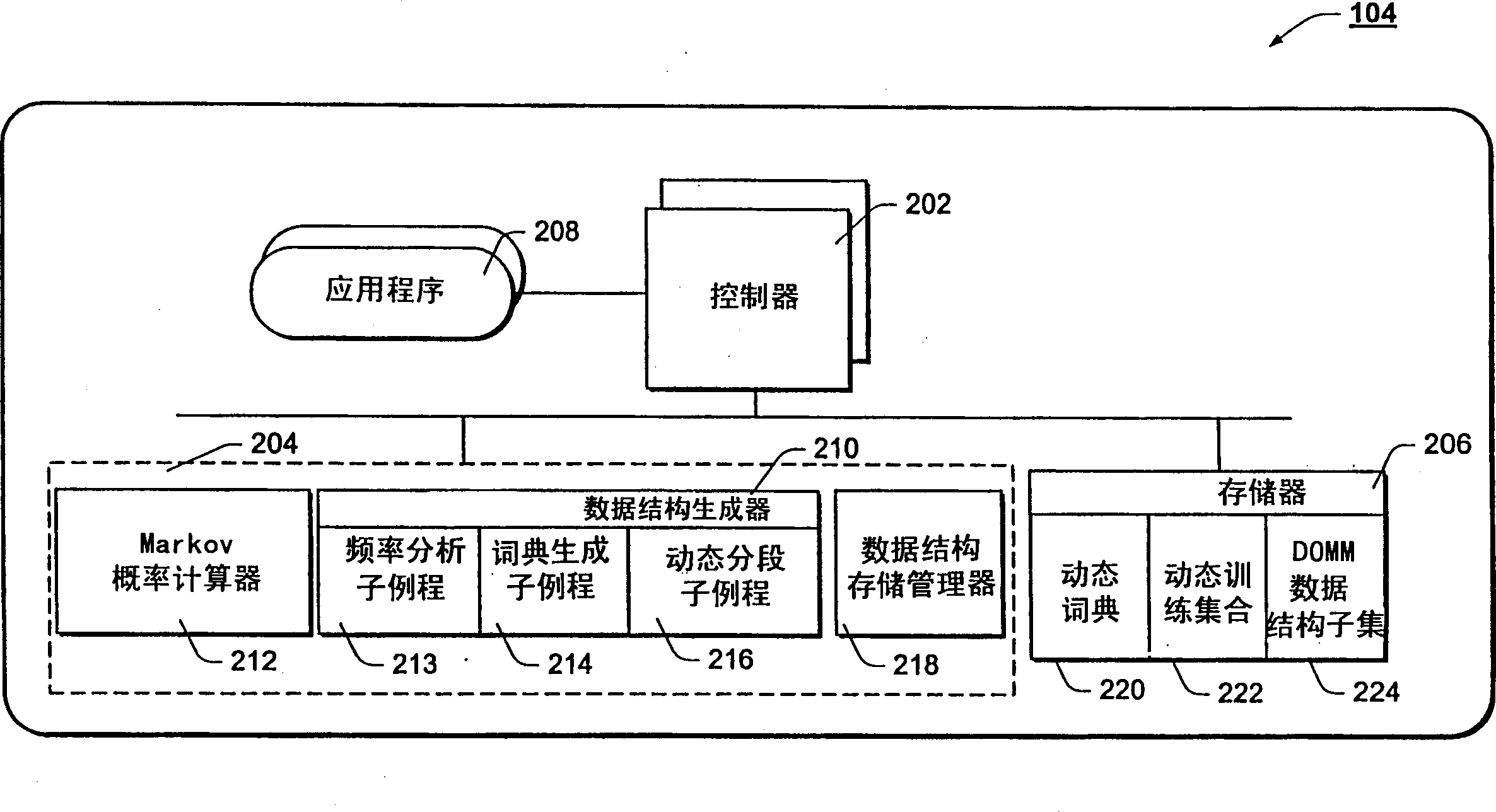System and iterative method for lexicon, segmentation and language model joint optimization
A language model and dictionary technology, applied in natural language data processing, speech analysis, speech recognition, etc., can solve problems such as language models are prone to errors, limit the accuracy and prediction properties of language models, and the quality of language model predictions is poor
- Summary
- Abstract
- Description
- Claims
- Application Information
AI Technical Summary
Problems solved by technology
Method used
Image
Examples
Embodiment Construction
[0026] The invention relates to a system and an iterative method for joint optimization of dictionaries, segmentation and language models. In describing the present invention, reference is made to an innovative language model, the Dynamic Ordering Markov Model (DOMM). A detailed description of DOMM is given in co-pending U.S. Patent Application No. 09 / XXXXXX, "A Method and Apparatus for Generating and Managing a Language Model Data Structure" by Lee et al., the disclosure of which is incorporated herein by reference .
[0027] In the discussion herein, the invention is described in the general context of computer-executable instructions, such as program modules, being executed by one or more conventional computers. Generally, program modules include routines, programs, objects, components, data structures, etc. that perform particular tasks or implement particular abstract data types. Additionally, those skilled in the art will recognize that other computer system architectu...
PUM
 Login to View More
Login to View More Abstract
Description
Claims
Application Information
 Login to View More
Login to View More - R&D
- Intellectual Property
- Life Sciences
- Materials
- Tech Scout
- Unparalleled Data Quality
- Higher Quality Content
- 60% Fewer Hallucinations
Browse by: Latest US Patents, China's latest patents, Technical Efficacy Thesaurus, Application Domain, Technology Topic, Popular Technical Reports.
© 2025 PatSnap. All rights reserved.Legal|Privacy policy|Modern Slavery Act Transparency Statement|Sitemap|About US| Contact US: help@patsnap.com



